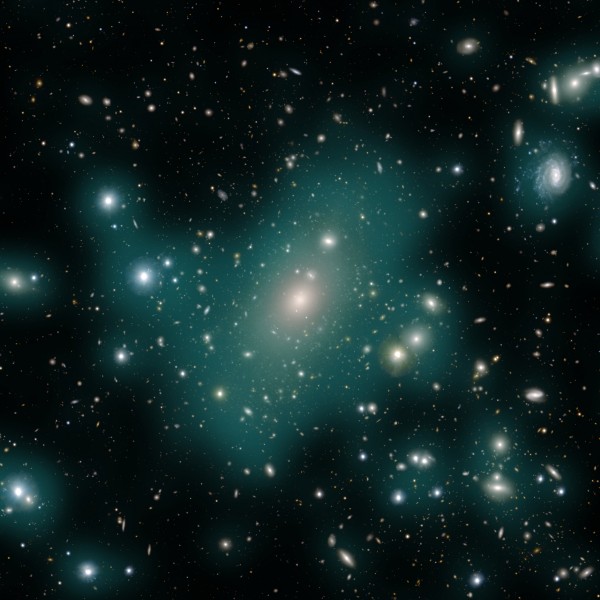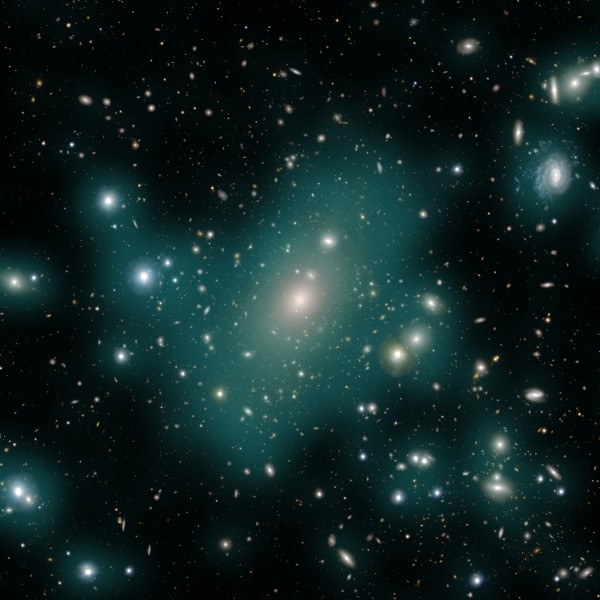-
Chinese astronauts kindle youth dream of space exploration
HONG KONG, Dec. 4 (Xinhua) — A delegation of China’s manned space program has concluded a six-day visit to Hong Kong and Macao, during which the Chinese astronauts inspired local young people to pursue a dream of space exploration in the interactions. The delegation came to the two Special Administrative Regions (SARs) in southern China…
-
Astronomy Picture of the Day
Astronomy Picture of the Day Discover the cosmos! Each day a different image or photograph of our fascinating universe is featured, along with a brief explanation written by a professional astronomer. 2023 December 4 Plane Crossing Crescent Moon Image Credit & Copyright: Juned Patel Explanation: No, the Moon is not a bow, and no, it…
-
Rubin Observatory Will Unlock Fossil Record of Galaxy Cluster Evolution
BYLINE: NSF’s NOIRLab, Rubin Observatory Newswise — Galaxies, like our Milky Way galaxy, are collections of billions of stars held together by gravity. Sometimes galaxies clump together in clusters containing hundreds or even thousands of galaxies. These galaxy clusters are the largest objects in the Universe that are held together by their own gravity, and they take…
-
Rubin Observatory Will Unlock Fossil Record of Galaxy Cluster Evolution
BYLINE: NSF’s NOIRLab, Rubin Observatory Newswise — Galaxies, like our Milky Way galaxy, are collections of billions of stars held together by gravity. Sometimes galaxies clump together in clusters containing hundreds or even thousands of galaxies. These galaxy clusters are the largest objects in the Universe that are held together by their own gravity, and they take…
-
ESA�s highlights in 2024
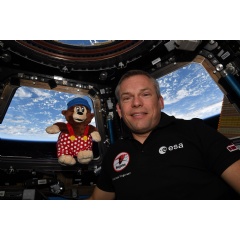
ESA has an exciting lineup for 2024. In January, ESA project astronaut Marcus Wandt is set to embark on his first mission to the International Space Station. In April, ESA will oversee the launch of two Galileo navigation satellites by SpaceX, with another two following later in the year. In June and July, ESA will…
-
‘Not even the sky is the limit’: Astronaut talks about recent trek outer space
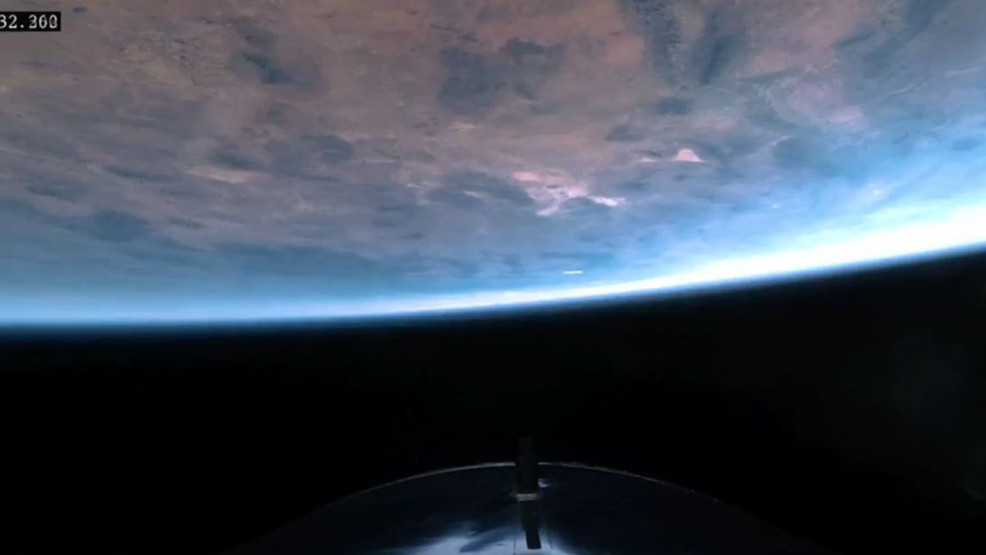
WEST PALM BEACH, Fla. (WPEC) — A woman from Jupiter (Florida, not the planet) recently had an out-of-this-world experience. Astronaut Kellie Gerardi joined WPEC to speak about her recent trip to outer space on the Virgin Galactic 5 mission. While she was on board she had the opportunity to research several projects she’s been working…
-
‘Not even the sky is the limit’: Astronaut talks about recent trek outer space

WEST PALM BEACH, Fla. (WPEC) — A woman from Jupiter (Florida, not the planet) recently had an out-of-this-world experience. Astronaut Kellie Gerardi joined WPEC to speak about her recent trip to outer space on the Virgin Galactic 5 mission. While she was on board she had the opportunity to research several projects she’s been working…
-
Do We Live In A Giant Void? It Could Solve The Puzzle Of The Universe’s Expansion
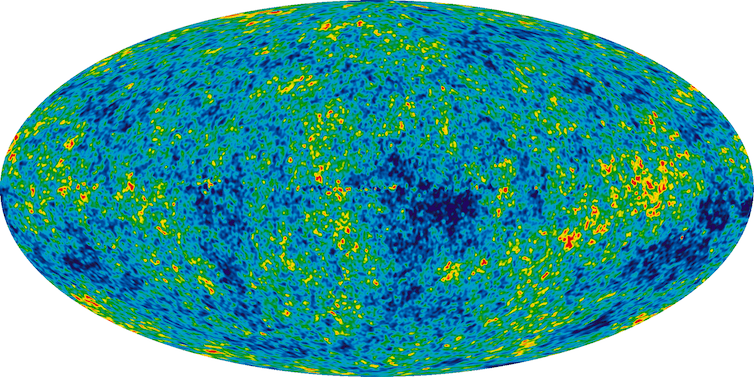
One of the biggest mysteries in cosmology is the rate at which the universe is expanding. This can be predicted using the standard model of cosmology, also known as Lambda-cold dark matter (ΛCDM). This model is based on detailed observations of the light left over from the Big Bang – the so-called cosmic microwave background…
-
Meteorites Were A Likely Source Of Nitrogen For Early Earth
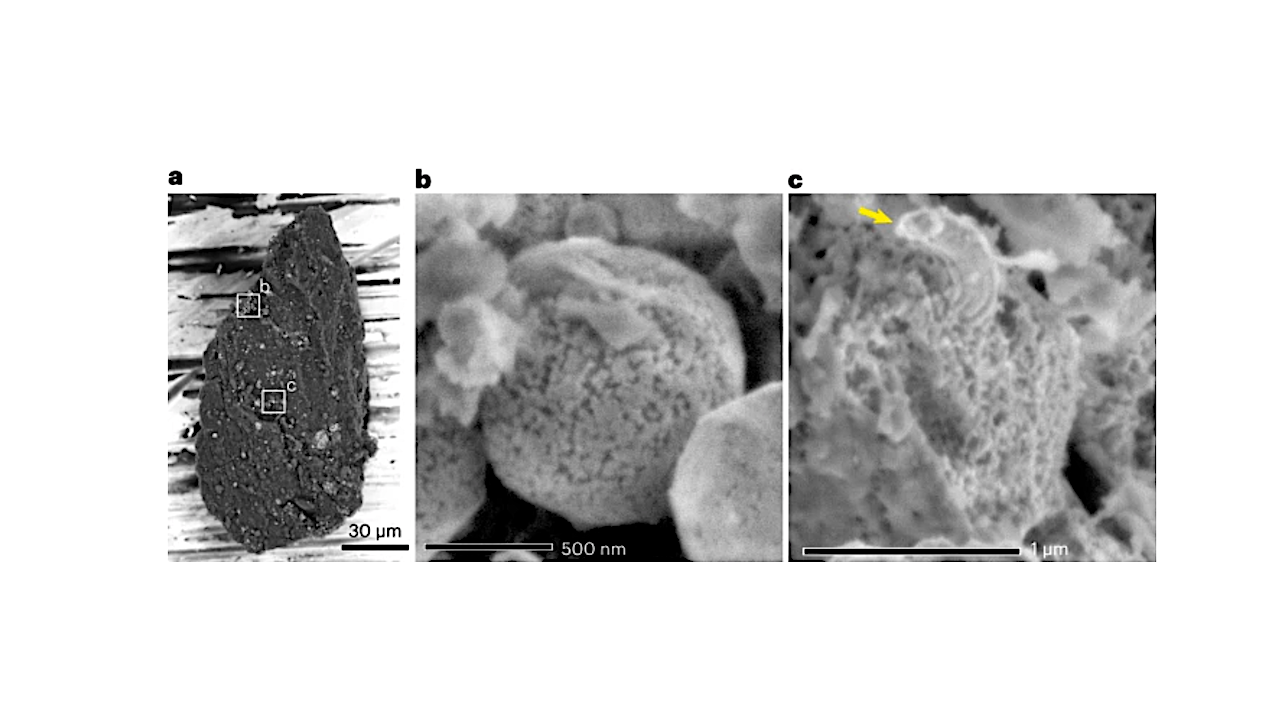
a, Backscattered electron image of a fine Ryugu grain. The white boxes correspond to the areas shown in b and c. b, Secondary electron image of framboidal magnetite showing granular texture. c, Secondary electron image of porous iron sulfide surrounded by phyllosilicate. The arrow points to an iron whisker on the iron sulfide surface. Sample…
-
Kolkata: Museum of Space Science to allow public visits from Sunday
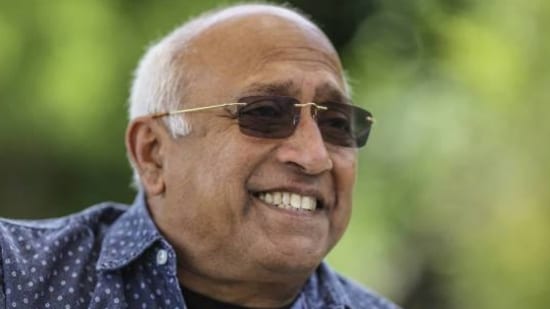
PTI | Dec 02, 2023 09:13 PM IST Share Via Copy Link A single ticket for the museum visit has been priced at ₹100. Schools buying 100 tickets will get a discount of ₹20 for each ticket. The Museum of Astronomy and Space Science in Kolkata, which was inaugurated by Astronaut Rakesh Sharma in October,…
